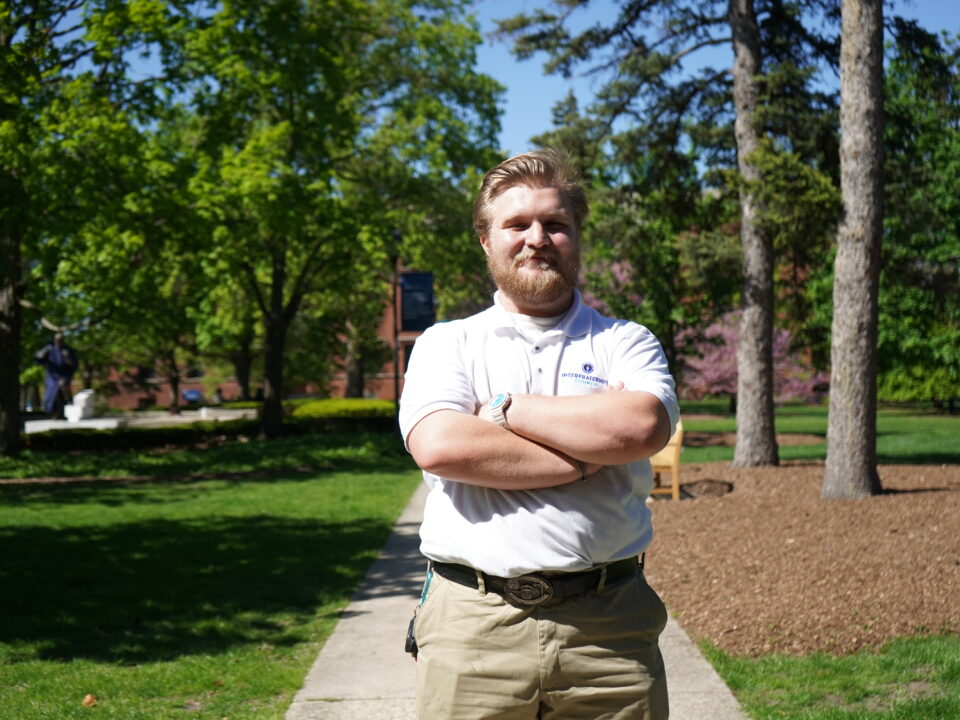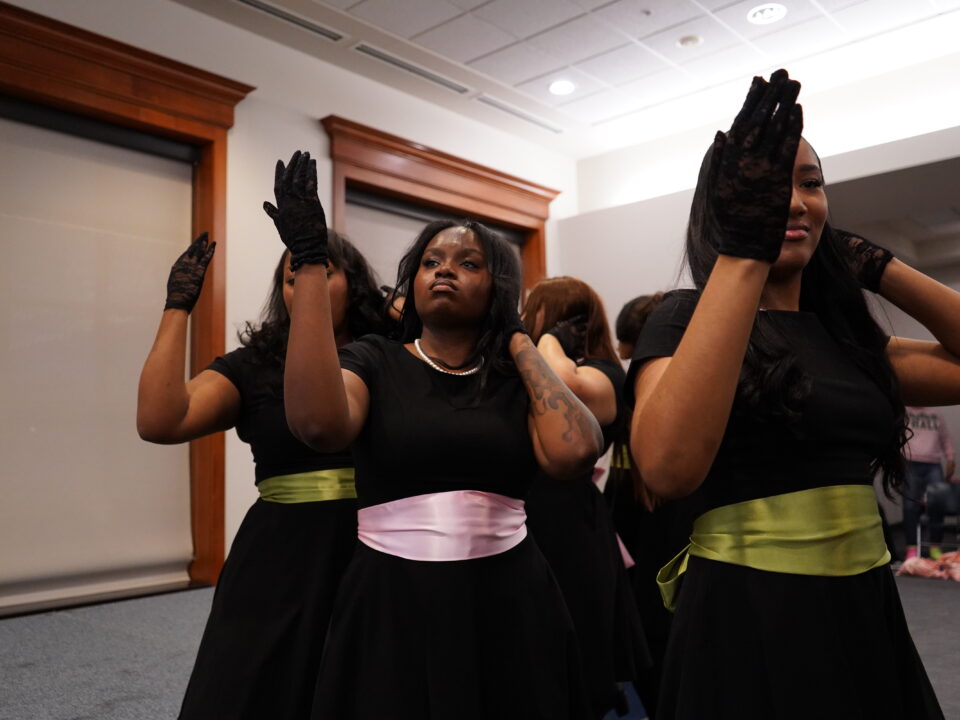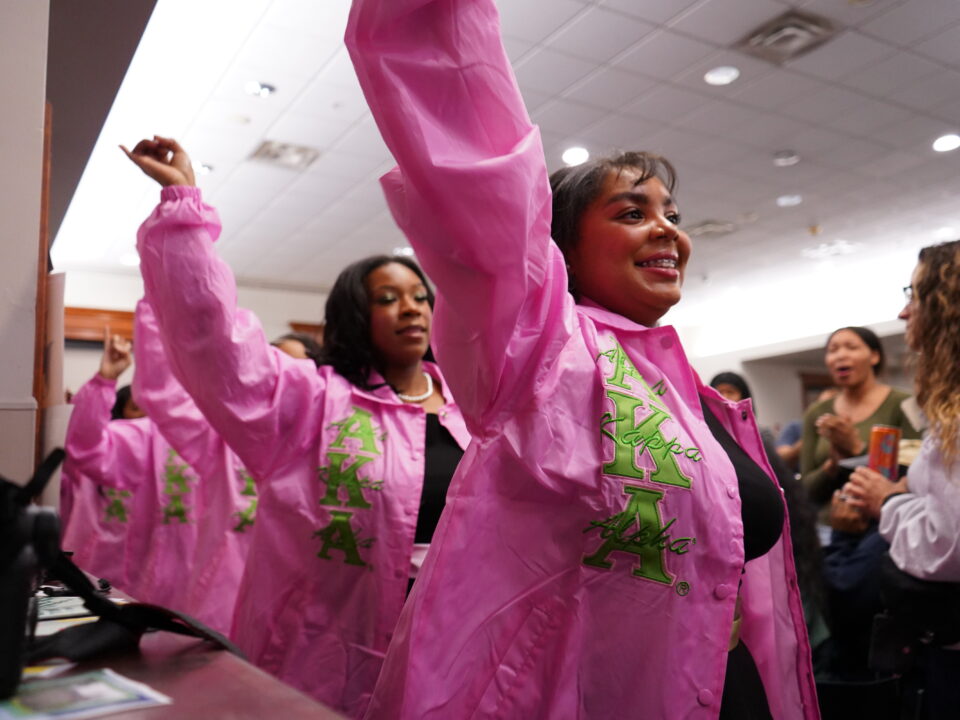Elmhurst University celebrates Holy Week

During the month of April, religions have celebrations and yearly traditions that make them unique.
Ramadan began at the end of March and continues until mid-April. During this time, Muslims fast from dawn to sunset and devote time to prayer and studying of the Quran. It is also a time of reflection and community.
The Muslim Student Association (MSA) president Afrah Ahmed is appreciative for how the Elmhurst University campus recognizes religious diversity.
“I can speak for many of the Muslims on campus when I say that it’s easy to practice the religion on campus while feeling accepted,” said Ahmed in an email to The Leader. “It’s great to see how many of the buildings on campus have prayer rugs for students to use and how professors are willing to make accommodations for students that have prayer.”
“Being a part of Spiritual Life Council has also showed me that this campus is going through the effort of making sure all spiritualities have a voice on campus,” she continued.
Passover is celebrated by the Jewish community and celebrates the Isrealites escaping slavery in Egypt. Easter, celebrated by the Christian community, commemorates the resurrection of Jesus from the dead.
Chaplain Scott Matheney believes healthy spirituality and providing healthy environments for students to do so is important.
“These traditions, stories and philosophies that make up the religious traditions are all about the search for meaning and purpose,” said Matheney.
While Elmhurst University identifies as an institution under the United Church of Christ, it has taken strides to recognize other religions.
Grace Wadsworth, Spiritual Life Council President, has found it beneficial to learn from those of a different faith. Despite some differences, they may have more similarities.
“It’s been an amazing opportunity to expand my knowledge, understanding, respect, and appreciation for all sorts of different faiths and religious practices,” said Wadsworth.
“I’ve been able to expand my own faith and spirituality because I’ve been challenged and educated about what and why other people believe,” Wadsworth continued.
Wadsworth thinks that more work needs to be done on an institutional level to recognize and celebrate different religions so students can be accommodated and feel seen on campus.
“I think that the students, faculty, and staff who are dedicated to recognizing and celebrating different religions are making strong strides on campus to help change these issues,” said Wadsworth.
“But in the end, it is up to the administration to make those changes that are necessary in order to truly be an interfaith institution,” Wadsworth continued.



